Station Satellite
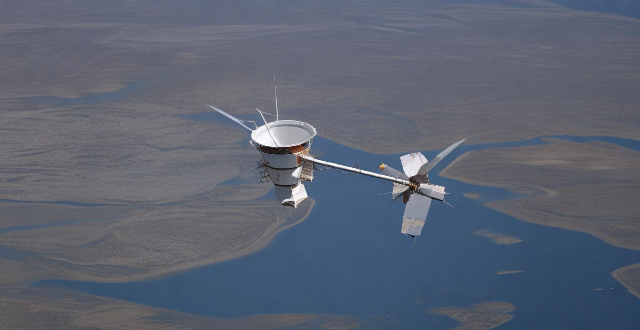
What is a communication satellite and how does it work ?
Communication satellites are vital for global telecommunication, relaying signals for phone calls, internet data, and TV broadcasts between Earth-based stations. They operate by receiving, amplifying, and retransmitting signals from one location to another through a series of steps involving transmission, reception, amplification with frequency conversion, and retransmission. Most occupy geostationary orbit to maintain a fixed position relative to Earth, simplifying ground station antenna targeting. These satellites cover extensive areas, support diverse applications like broadcasting and emergency response, and often form part of larger networks ensuring global connectivity. Their role is crucial in international business, disaster relief, and personal communications worldwide.

How do communication satellites enable real-time data transmission and monitoring ?
Communication satellites play a crucial role in enabling real-time data transmission and monitoring by serving as relay stations in space that can receive signals from one location on Earth and transmit them to another location. This is achieved through a complex system of technology, infrastructure, and protocols. Satellites are positioned in orbits around the Earth, either in geostationary orbit (GEO) or lower Earth orbit (LEO). Geostationary satellites remain fixed over a specific point on the Earth's surface, while LEO satellites move relative to the Earth's surface. The process begins when a signal, such as a phone call, internet data, or video feed, is generated at a source location. The signal is then sent via a ground station, which has powerful transmitters and antennas, up to the communication satellite using radio waves. Once the satellite receives the signal, it amplifies and frequencies it to avoid interference with other signals. The amplified signal is then transmitted back down to Earth, where another ground station receives it. Finally, the received signal is distributed to its intended destination, such as a phone network, the internet, or a monitoring station. Real-time monitoring is facilitated by the speed at which data can travel via satellite. With modern technology, latency (the time delay in signal transmission) can be minimized, especially with LEO satellites due to their closer proximity to Earth. Satellites can also be networked to provide redundancy and increased bandwidth for large-scale monitoring systems. Key technologies and infrastructure include ground stations, satellite design, network protocols, and satellite constellations. However, there are challenges and considerations such as weather impact, geographical constraints, and regulatory issues. In summary, communication satellites enable real-time data transmission and monitoring by acting as high-altitude relay stations, utilizing advanced technologies and infrastructure to deliver signals across vast distances with minimal delay.

What is satellite communication and how does it work ?
Satellite communication is a method of transmitting information over long distances using artificial satellites. These satellites orbit the Earth and act as relay stations, receiving signals from one location and transmitting them to another. The process involves a transmitter sending a signal to a satellite, which then retransmits it to a receiver on Earth. This technology has revolutionized global communications, allowing people to connect with others across the world in real-time.

What are the costs associated with implementing satellite communication systems ?
The text discusses the costs involved in implementing satellite communication systems, including design and development, manufacturing and production, launch and deployment, operational, and decommissioning expenses. It emphasizes the need to consider these costs throughout the system's lifecycle to determine its feasibility and profitability.

What are the challenges faced in satellite communication ?
Satellite communication faces challenges such as atmospheric effects, physical obstructions, technical limitations, economic factors, regulatory issues, environmental impacts, security concerns, geopolitical factors, technological advancements, and natural disasters. These challenges highlight the need for innovation and improvement in maintaining reliable satellite communication networks.
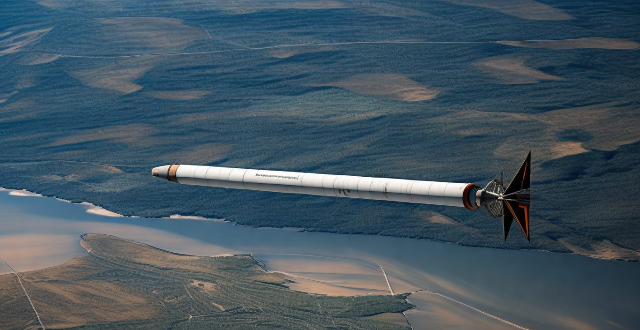
What are the latest advancements in satellite communication technology ?
Satellite communication technology has seen significant advancements in recent years, including high-throughput satellites (HTS) offering increased bandwidth and improved coverage, low Earth orbit (LEO) satellite constellations providing global coverage with low latency, 5G integrated satellite systems enhancing connectivity and capacity, and quantum satellite networks enabling secure long-distance transmission. These developments are revolutionizing global communication by offering faster speeds, broader access, and enhanced security.

How can satellite communication be used for emergency response and disaster relief ?
Satellite communication is critical in emergency response and disaster relief, offering global coverage, high availability, scalability, and multipurpose use. It enables immediate alerts, coordination, resource deployment, and medical assistance during emergencies. In disaster relief, it aids damage assessment, information dissemination, infrastructure recovery, and aid distribution. Key technical aspects include satellite phones, VSAT terminals, and data collection through sensors. Proper logistics such as training, maintenance, and partnerships with service providers are crucial for effective utilization. Satellite communication significantly enhances the capability to respond to natural disasters and emergencies, reducing their impact on lives and properties.

What are the benefits of using a super fast charging station ?
Using a super-fast charging station for electric vehicles offers benefits including time efficiency, convenience, battery health optimization, environmental considerations, economic benefits, and improved user experience. These charging stations enable rapid recharging, reduce range anxiety, optimize battery lifespan, support the use of renewable energy sources, lower operational costs, and provide peace of mind for EV drivers. As technology advances, further improvements in charging infrastructure are expected to enhance these advantages.
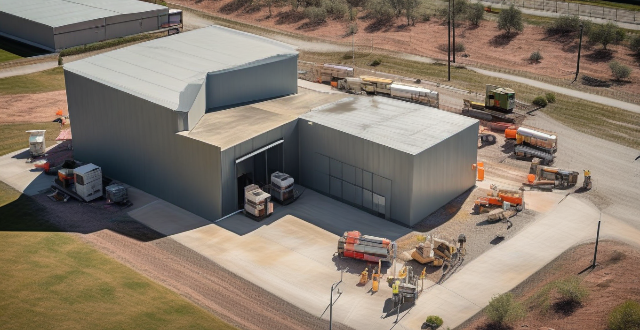
How long does it take to build a charging station, and what are the requirements ?
Building a charging station can take anywhere from a few weeks to several months, depending on various factors such as the size and complexity of the project, the availability of equipment and materials, and local regulations and permits required. The process involves site selection, obtaining necessary permits and complying with regulations, ensuring a reliable source of electricity, procuring equipment, installing infrastructure, integrating software systems, testing and commissioning, establishing maintenance and support plans, promoting the new station, and continuously monitoring and optimizing its performance.

What is the range of a typical communication base station ?
The typical communication base station, also known as aThe typical communication base station, also known as a specific geographic area with wireless The range of a base station can vary based on the type of technology used, the height and location of the tower, and the surrounding environment. Different technologies have different range capabilities, with newer ones like 4G and 5G offering greater coverage and capacity than older technologies like 2G. Tower height and location also play a significant role in determining its range, with taller towers covering wider areas and being less affected by signal blockage. The surrounding environment, including urban or rural areas, can impact the range of a base station. The typical range of a base station can be from a few hundred meters to several kilometers, with practical ranges often being smaller due to interference and other factors. Network operators may use multiple base stations and other techniques to optimize coverage and capacity within their service areas.

How does satellite communication compare to other forms of communication ?
Satellite communication offers global coverage, high capacitySatellite communication offers global coverage, high capacity higher latency and initial costs and reliability but has higher latency and initial costs compared to terrestrial and wireless communication. Terrestrial communication provides lower latency and moderate reliability at a lower cost, while wireless communication offers convenience and portability at a variable cost. Satellite communication is suitable for remote areas and sensitive applications due to its security features.

What are the latest advancements in communication satellite technology ?
The latest advancements in communication satellite technology include high-throughput satellites (HTS), low Earth orbit (LEO) satellites, and software-defined networking (SDN) and network function virtualization (NFV). HTS offers increased capacity, faster internet speeds, and improved coverage. LEO satellites provide reduced latency, improved signal strength, and global coverage. SDN and NFV enable centralized management, flexibility, scalability, and improved security. These technologies are transforming the way we communicate across the globe.

Are there any safety concerns with using a super fast charging station ?
The text discusses the safety concerns associated with using a super fast charging station, such as potential damage to the battery and risk of overheating. It also highlights other safety concerns like electrical shock, poor quality chargers, and overcharging. The text emphasizes the importance of taking proper precautions and following safety guidelines to minimize these risks.
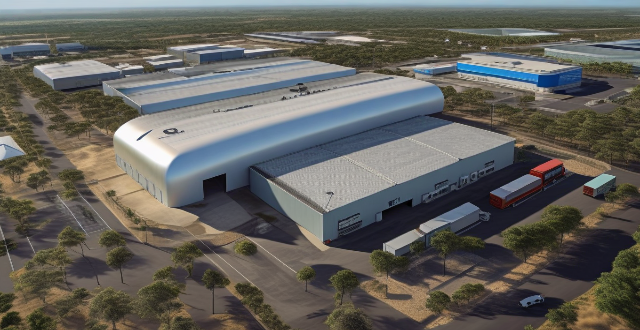
What is the average cost of using a super fast charging station ?
The average cost of using a super fast charging station can vary depending on several factors, such as location, time of day, and type of vehicle. Urban areas tend to have higher prices due to increased demand and limited availability of charging infrastructure, while rural or less populated areas may offer lower rates. Many charging stations implement time-of-use pricing, with off-peak hours during late night or early morning being cheaper than peak hours during rush hour traffic. The size of your electric vehicle's battery and its maximum charging capacity can also affect the overall cost, with larger batteries requiring more energy to charge and potentially resulting in higher costs. The estimated range for the average cost of using a super fast charging station is $0.20 - $1.00 per kWh, but actual costs may vary widely depending on local conditions and specific charging providers.

How long does it take to fully charge an electric vehicle at a super fast charging station ?
Electric vehicle charging times vary based on several factors such as battery capacity, charging power, battery state of charge, and temperature. Super fast charging stations can charge small city cars from 0% to 80% in about 20-30 minutes, mid-size sedans in approximately 30-45 minutes, and large SUVs in around 45-75 minutes. Tips for optimizing charging time include planning trips, using apps to find available charging stations, avoiding peak hours, monitoring battery level, and considering warm-up features in cold weather.

How can satellite communication improve global connectivity ?
Satellite communication has revolutionized global connectivity by providing increased coverage, high-speed internet access, cost-effective solutions, enhanced disaster recovery efforts, and improved education and healthcare services. It also facilitates international trade and business operations by enabling instantaneous communication across borders.

Can solar flares cause communication interference ?
Solar flares, intense bursts of radiation from the sun's atmosphere, can disrupt communication systems on Earth. This includes shortwave radio signals, satellite communications, and other terrestrial networks. The effects range from signal quality disruption and frequency deviation to satellite link disruptions, GPS accuracy issues, and even physical damage to satellite hardware. While these impacts vary, organizations involved in critical communication operations must be aware of the risks and implement mitigation strategies to minimize potential disruptions.

What are the benefits of using satellite communication ?
Satellite communication offers numerous benefits including global coverage, reliability, high-speed data transfer, flexibility, cost-effectiveness, and scalability. It is particularly useful for industries requiring global connectivity, emergency services, and businesses in remote locations. Despite higher initial setup costs, the long-term benefits often outweigh the expenses.
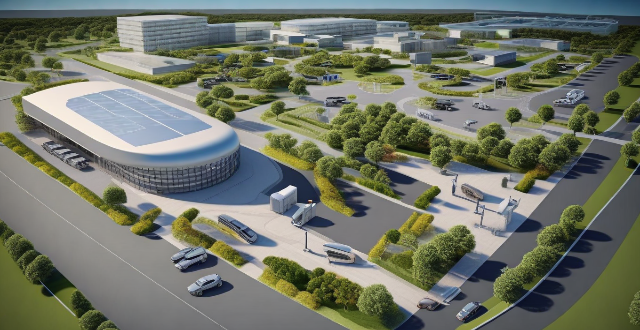
How does a super fast charging station work ?
Super fast charging stations rapidly charge electric vehicles (EVs) using complex technology involving multiple components. The power supply, charging equipment, and battery management system (BMS) are key elements in the process. The BMS monitors and controls the charging to ensure safety and efficiency. Challenges include potential impacts on battery health, infrastructure costs, and standardization issues across different EV models. As EV popularity increases, advancements in super fast charging technology will be vital for convenience and accessibility.

How can satellite communication be used in remote areas ?
Satellite communication is essential for connecting remote areas with services and information. Benefits include wide coverage, high availability, and flexibility. Applications in education, healthcare, disaster response, agriculture, connectivity, and environmental monitoring improve quality of life and access to resources.

What is the future of super fast charging stations in the automotive industry ?
The future of super fast charging stations in the automotive industry is promising, driven by increased demand for EVs, technological advancements, government initiatives, and collaboration between stakeholders. These stations will become integral to smart grids, expand into new markets, and improve user experience through innovation in design and maintenance.
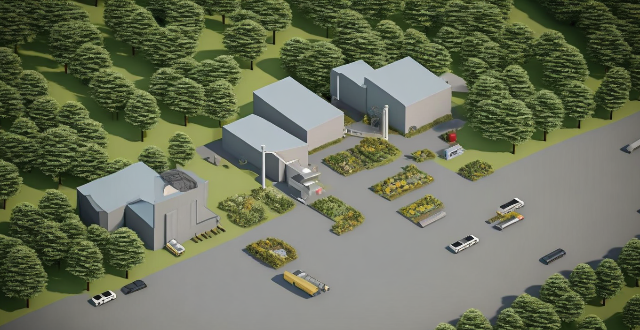
What is the cost of building and maintaining a communication base station ?
The article discusses the costs associated with building and maintaining a communication base station, categorizing them into initial setup costs such as site acquisition, design and engineering, equipment procurement, construction and installation, permits and licensing, and testing and commissioning, and ongoing maintenance costs like rent or lease expenses, power consumption, equipment maintenance, software updates, security measures, and staff salaries. It emphasizes the complexity of these processes and the importance of careful planning and budgeting for such projects.

What role does satellite communication play in space exploration and research ?
Satellite communication is crucial for space exploration and research, enabling data collection, real-time communication, navigation, and international collaboration. It will continue to play a vital role in future applications such as deep space exploration, autonomous robotics, and quantum communication.

What are the benefits of using satellite technology for environmental monitoring ?
Satellite technology offers numerous benefits for environmental monitoring, such as wide coverage area, high temporal resolution, cost-effectiveness, objectivity and accuracy, multispectral imaging capabilities, real-time data accessibility, long-term data analysis, and global collaboration opportunities.

How do super fast charging stations compare to traditional gas stations in terms of convenience and efficiency ?
Super fast charging stations offer greater convenience and efficiency compared to traditional gas stations. They are strategically located, offer faster charging speeds, provide multiple payment options, consume less energy, and have a lower environmental impact.

What are the challenges faced by communication satellites in terms of maintenance and repair ?
Communication satellites play a crucial role in modern telecommunications, providing global connectivity and supporting various applications such as television broadcasting, telephone services, and internet access. However, maintaining and repairing these space-based assets present significant challenges due to their unique operating environment and technical complexities. The main challenges faced by communication satellites in terms of maintenance and repair include: 1. Orbital Dynamics 2. Technical Complexity 3. Environmental Factors 4. Resource Constraints 5. Regulatory and Legal Issues 6. Intervention Difficulties 7. Decommissioning Challenges